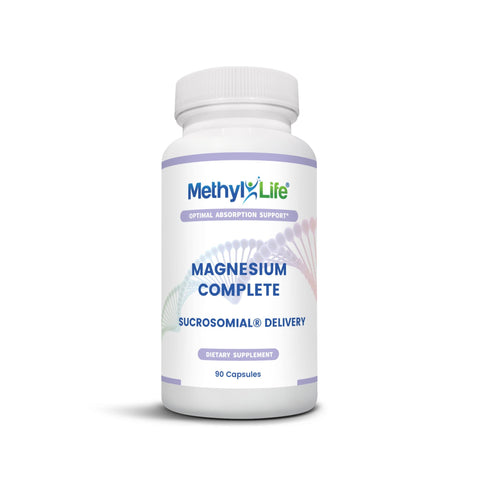What is histamine?
Histamine is a biologically active molecule known as a vasoactive amine or biogenic amine. It’s formed when the carboxyl group is removed from the amino acid histidine, a process known as decarboxylation.
These amines are chemicals which occur naturally in certain foods and are usually well-tolerated.
However, some people experience symptoms after ingestion. This may be due to a lack of diamine oxidase (DAO), an enzyme that breaks down histamine in the gut.
The highest concentrations of histamine are in the gut lining, the skin, and in the respiratory tract. Cells within these tissues called basophils and mast cells produce histamine when the body identifies a foreign substance. In fact, mast cells are the major producer of histamine and express many receptors on their surface.
These receptors are activated through stimulants such as allergens, complement peptides, and neuropeptides, which cause the mast cells to release various inflammatory mediators, including histamine.








